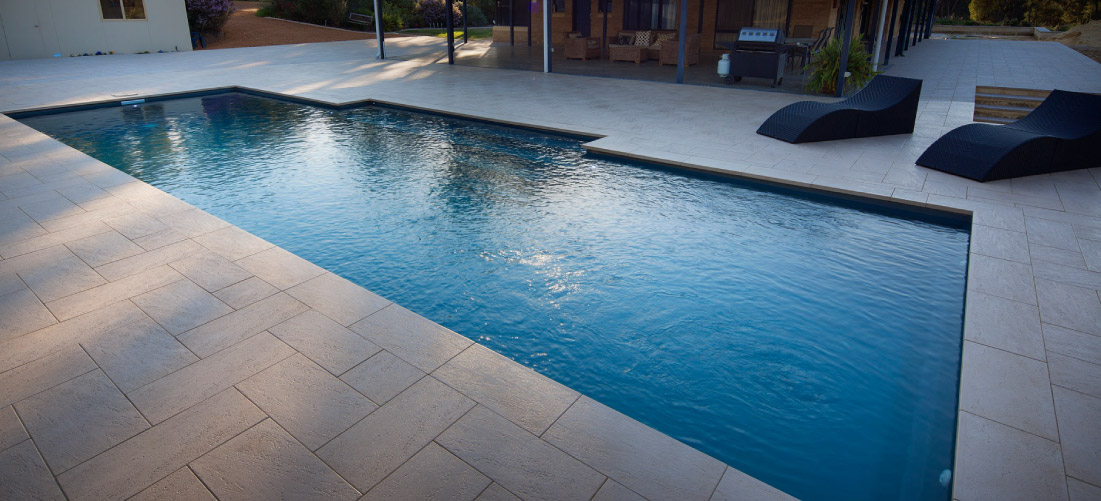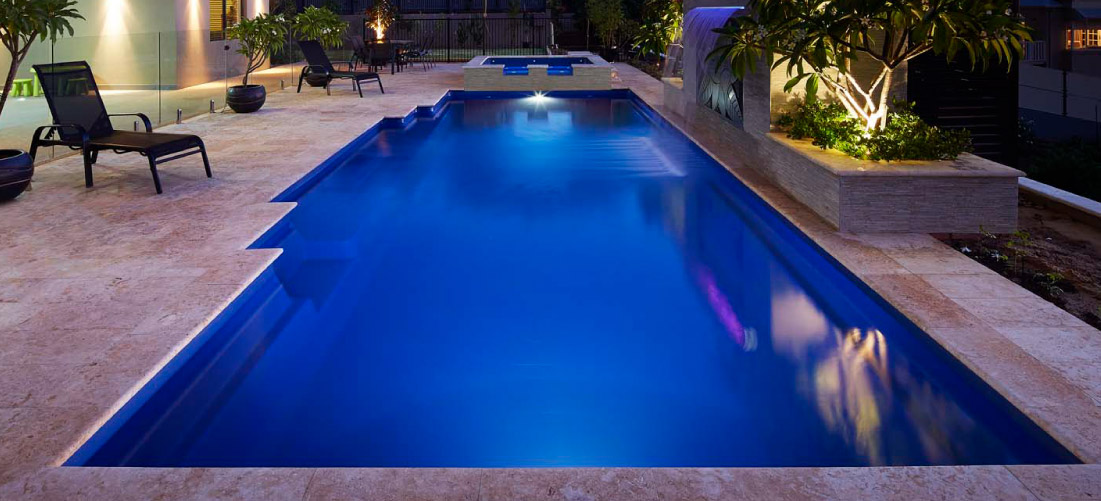
When it comes to natural stone options for your home or commercial project, limestone and travertine are two popular choices known for their beauty and durability. While they share some similarities, there are distinct differences that make each one suitable for different applications. In this blog post, we will explore the characteristics, benefits, and considerations of limestone and travertine, helping you make an informed decision on which one is the best fit for your project.
Limestone is a sedimentary rock composed mainly of calcium carbonate. It is formed over millions of years from the accumulation of marine fossils and sedimentation. Limestone is known for its timeless elegance and classic appeal, making it a popular choice for both interior and exterior applications.
One of the standout features of limestone is its wide range of colours and textures. From warm earthy tones like beige, cream, and gold to cooler shades of grey and blue, limestone offers a versatile palette to complement various design styles. The natural variations and veining patterns add character and depth to any space.
In terms of durability, limestone is a sturdy material that can withstand the test of time. It is resistant to heat, making it suitable for fireplaces and hearths. However, it is worth noting that limestone is softer compared to other natural stones, which means it is more prone to scratching and etching. Regular sealing and proper maintenance are essential to protect the surface and maintain its beauty.
Travertine is a type of limestone that forms from the precipitation of calcium carbonate in hot springs and limestone caves. It is characterised by its distinctive porous structure, created by the trapped air bubbles during the formation process. Travertine is renowned for its unique appearance, which showcases natural pits and voids that give it a rustic and textured charm.
Similar to limestone, travertine offers a range of colours and finishes to suit various design preferences. From light ivory and beige to rich walnut and gold, travertine can create a warm and inviting ambience in any space. The honed and polished finishes provide a smooth and refined look, while tumbled and brushed finishes enhance the natural texture and ruggedness of the stone.
In terms of durability, travertine is a durable material that can withstand regular use. It is resistant to heat and can handle temperature changes well, making it suitable for outdoor applications such as pool decks and patios. However, like limestone, travertine is softer compared to other stones like granite or quartzite, and it requires proper sealing and maintenance to protect it from staining and etching.

When deciding between limestone and travertine , there are a few key considerations to keep in mind. The choice ultimately depends on the specific requirements and aesthetic preferences of your project.
Durability: While both limestone and travertine are durable, limestone may require more care due to its softer nature. Travertine pavers are a better choice for areas with high foot traffic or outdoor applications that are exposed to the elements.
Maintenance: Proper maintenance is crucial for both limestone and travertine. Regular sealing is necessary to protect the surface and prevent staining. However, travertine may require more frequent sealing due to its porous nature.
Aesthetic Appeal: Consider the desired look and feel of your space. Limestone offers a more refined and classic look, while travertine exudes a rustic and textured charm. Both stones can add a touch of elegance and sophistication to any design.
Limestone and travertine are both beautiful natural stones that offer a range of benefits and aesthetic appeal. When considering these stones for your project, one crucial factor to consider is the cost. Understanding the cost differences between limestone and travertine can help you make an informed decision based on your budget and project requirements. Let’s explore the cost factors associated with limestone and travertine.
The cost of limestone and travertine can vary based on the quality and grade of the stone. Higher-quality stones typically have fewer imperfections, more consistent colour, and better durability. These premium-grade stones often come with a higher price tag. On the other hand, lower-grade stones may have more visible flaws or inconsistencies, making them more affordable.

The availability of limestone and travertine can also impact their cost. If a particular type of stone is rare or difficult to source, it can increase the price due to limited supply and higher demand. Local availability can also influence the cost, as shipping and transportation expenses can be a significant factor in the overall price.
The size, thickness, and shape of the limestone or travertine tiles or slabs can affect the cost. Larger and thicker pieces generally come at a higher price due to the increased material required and the additional labour involved in handling and installation. Unusual or custom shapes may also incur extra costs compared to standard shapes and sizes.
Different finishes and edge profiles can enhance the visual appeal of limestone and travertine. However, certain finishes and intricate edge profiles may require more labour and expertise during the manufacturing process, leading to higher costs. Polished finishes, for example, tend to be more expensive compared to honed or tumbled finishes.
The cost of installation and labour is another aspect to consider when budgeting for limestone or travertine. The complexity of the project, the size of the area to be covered, and any additional features like intricate patterns or mosaics can influence the overall cost. Hiring professional installers experienced in working with natural stone is essential to ensure proper installation and maximise the longevity of your investment.
In the limestone vs travertine debate, there is no definitive winner. Both stones have their unique characteristics and advantages, making them suitable for different projects. Limestone’s timeless elegance and versatile colour range make it an excellent choice for interior applications. Travertine’s rustic charm and durability make it a popular option for outdoor spaces. Consider the specific requirements of your project, and consult with a stone professional to help you make an informed decision. Whether you choose limestone or travertine, both stones will bring beauty and sophistication to your space for years to come.
Contact us today to find out more about our products and services and how we can help you with your paving needs
© 2025 Bonita Stone Paving Products